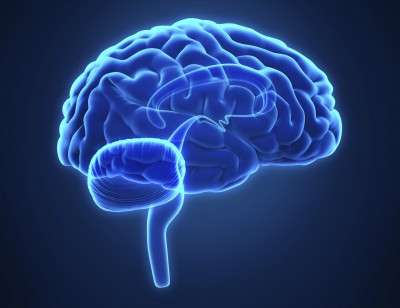New non-invasive brain stimulation technique for pain management

Last year, the National Institutes of Health in the United States stated that the overuse and dependence of drug treatment for chronic pain had created a 'silent epidemic' of distress and disability.
Researchers at Monash Department of Physiotherapy, have discovered a new technique to enhance and maintain brain excitability that could increase sensory and pain threshold, which could be used to alleviate chronic pain in people who cannot take medication.
The current treatment method used is single-site transcranial direct current simulation (tDCS), which is the application of a low intensity direct (constant) current between two surface electrodes on the head. The treatments are favored, as they are non-invasive with no or minimal side effects.
However, in two papers, the most recent in the European Journal of Neuroscience, Dr Shapour Jaberzadeh, Director of Non-invasive Brain Stimulation & Neuroplasticity Laboratory, Dr Bita Vaseghi and Dr Mayam Zoghi, describes a technique, unihemispheric dual site tDCS, that significantly increases the brain excitability, and maintains it for significantly longer periods than current single site tDCS technique. This opens the way for these techniques to be used in the treatment of chronic pain without the risk of side or adverse effects of medication.
According to Dr Jaberzadeh, it has long been known that cortical changes can influence behavioural changes. Pain is a behavioral variable which could be modified by tDCS induced cortical change. This has been shown by stimulating various areas of the cortex while assessing volunteers sensory and pain thresholds.
However, researchers at Monash Department of Physiotherapy found, compared to single site tDCS, a 10 minute simultaneous application of anodal or cathodal tDCS over two cortical sites led to markedly increased excitation that lasted for 24 hours.
Further tests revealed that this unique approach led to a significant increase in the participant's pain threshold. The novel discovery means that a treatment of just 10 minutes with new dual site stimulation using either anode or cathode could provide a valuable alternative for the treatment of chronic pain, which should be explored in future studies.

















